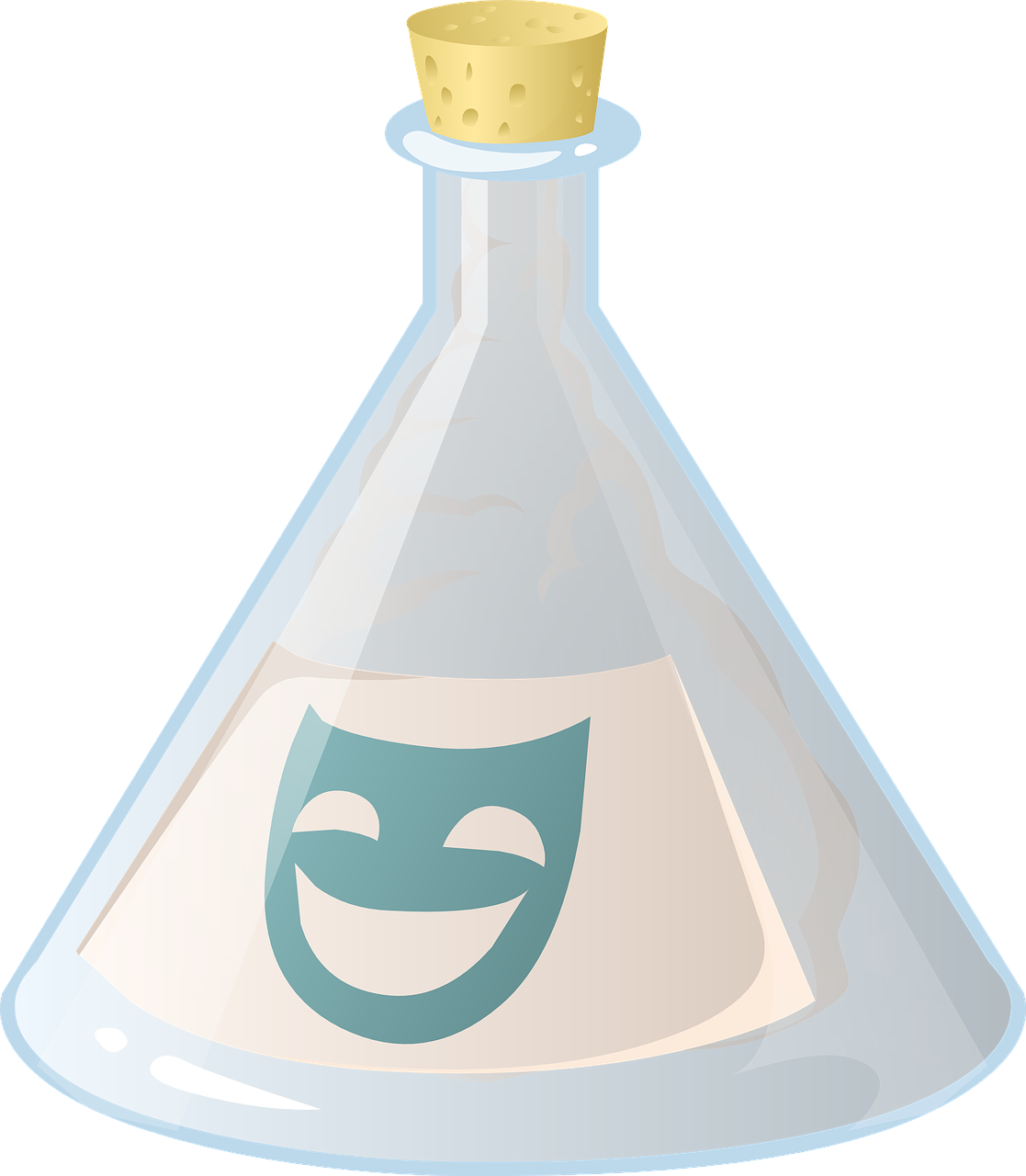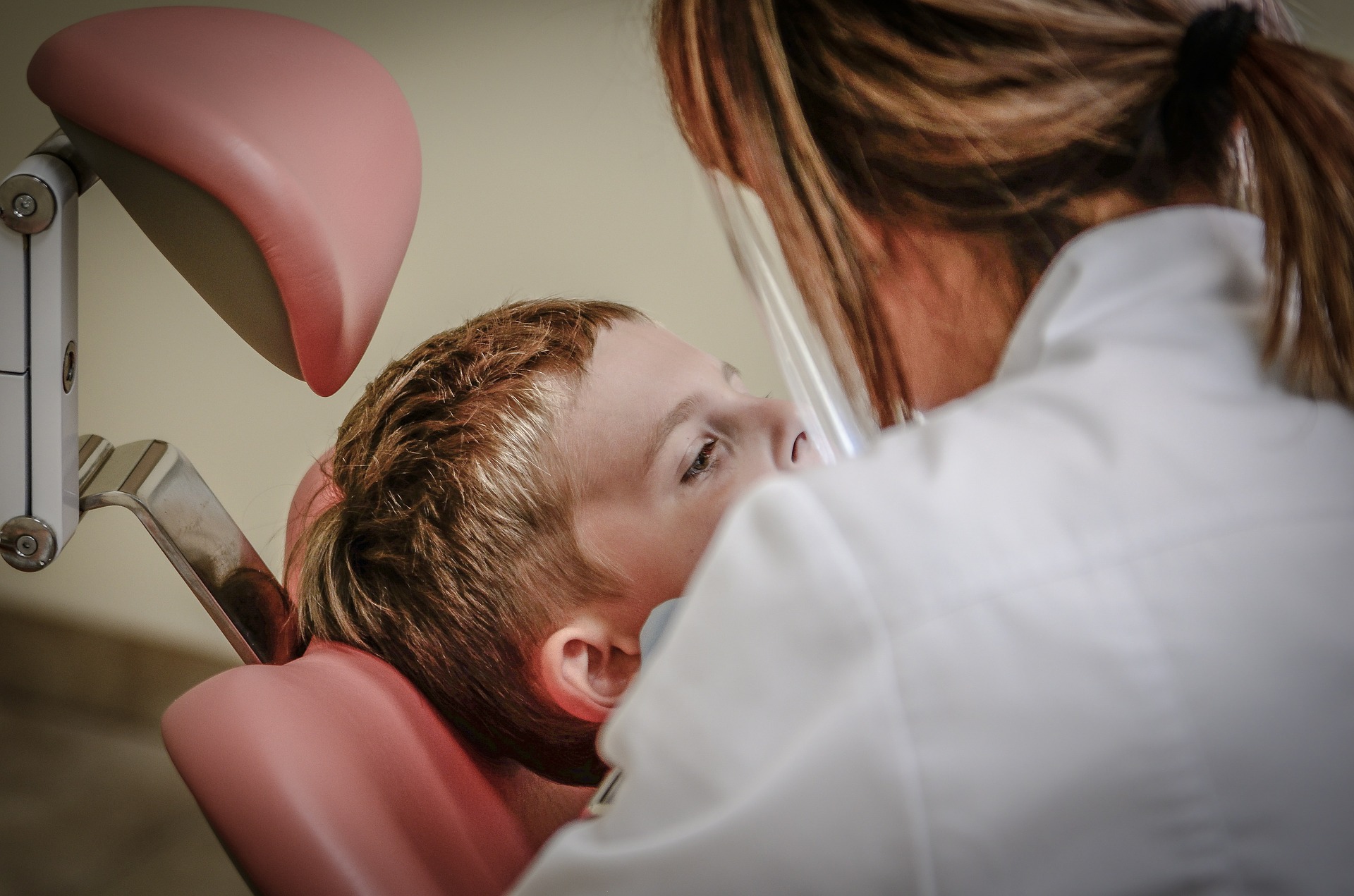Laughing gas helps you relax at the dentist
Over half of all dental treatment-seeking patients have a queasy feeling when paying a dental practice a visit and some of them even suffer from so called dentophobia which manifests itself in the form of shaking, sweating, and stomach cramps and which, in severe cases, can also lead to panic attacks. In order to ensure an uneventful dentist visit, an increasing number of dentists nowadays use laughing gas, which has been in use as a proven sedative in many dental practices around the globe for many years. Laughing gas is a particularly beneficial option for children to avoid an early association between fear and dentist visits and to thereby create a positive experience base for future dental treatments. Sounds great, right? Then let's find out a little bit more!What is laughing gas?
Laughing gas is, as the name implies, an invisible and odorless gas with a sweet-ish taste which, while it can be absorbed by the body in a flash, cannot be processed by it. As a result, the gas leaves the body of a patient after each intervention without leaving a trace. Prior to, and during the actual treatment, laughing gas has a very relaxing effect and allows the patient who breathes it in to ever so slowly disconnect from reality. This takes away a patient's fear. Laughing gas enters the body through the lungs and shows an effect after only 4-5 minutes. Once the gas supply is cut, the numbing effect disappears after roughly 5-10 minutes. This is why patients are able to completely self-sufficiently leave the dental practice after completing treatment. Laughing gas can also successfully be used with children once they reach the age of 4. In fact, the use of laughing gas is ideal for patients with:- A strong swallowing reflex
- Asthma
- Kidney and liver diseases

How is laughing gas used?
While a patient does not necessarily need to be sober prior to the use of laughing gas, many dentists recommend to their patients to refrain from eating for at least 2 hours prior to their dental procedures. A successful sedation with laughing gas generally involves the following steps:- Placement of nose mask: Such masks come in multiple variations and with different scents
- Laughing gas administration - Start: Initial start with 100% oxygen followed by adding an increasing amount of laughing gas up to 70%) roughly 2 minutes into the process until the desired sedation level is achieved
- Local anesthesia: Once the sensation of pain within the patient has been significantly reduced, local sedation sets in
- Treatment: Sedation via laughing gas can be extended to up to 4 hours to easily accommodate even very long dental procedures
- Laughing gas administration - End: After the conclusion of the treatment, the patient receives pure oxygen for several minutes to quickly remove any traces of laughing gas from the body
What is the difference between laughing gas and general anesthesia?
General anesthesia: Requires the presence of a anesthesiologist who places an access tube to the bloodstream in order to directly administer the anesthetic into the patient's circulatory system to achieve the desired sedation level (in the meantime, the patient receives artificial breathing support through the nose)Laughing gas: Has significant advantages in terms of communication between a dentist and a patient since the patient remains conscious for the entire duration of the procedure. On the contrary to general anesthesia patients, those patients who receive laughing gas do not need anybody to accompany them because they are completely capable of walking and even driving right after their treatment concludes.
How much does a sedation with laughing gas cost?
Administration of laughing gas is billed for based on 30-minute increments, each of which costs roughly EUR 90 (this price usually also includes a nose mask).
In the meantime, we would love to hear from you – please leave any thoughts and feedback in the comment box below and become part of our community via a free subscription online.